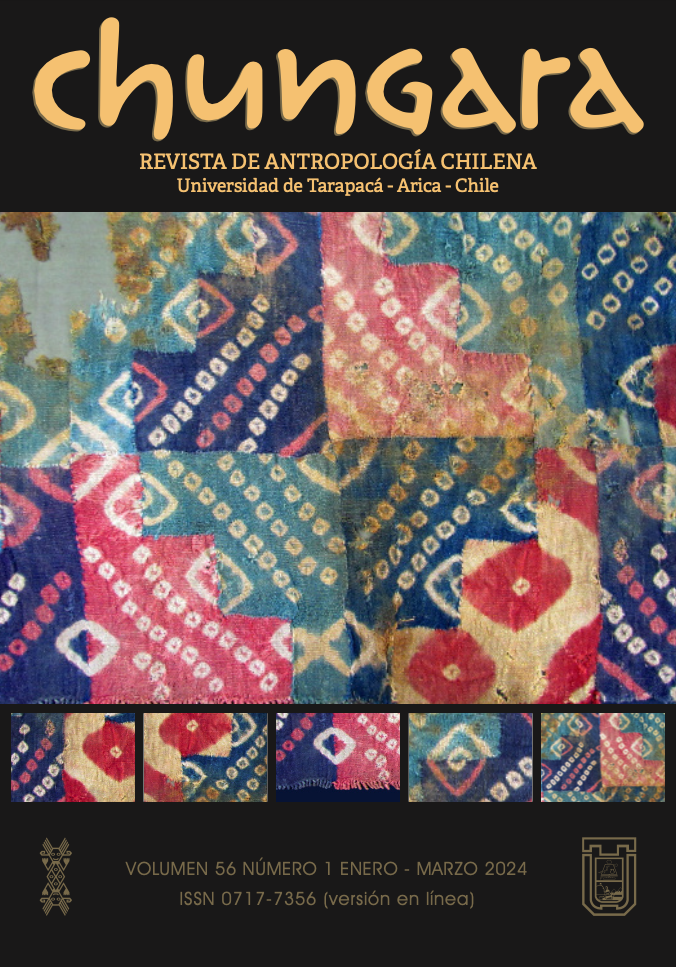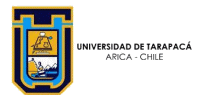SACRUM PALEOPATHOLOGY IN HUNTER-GATHERERS FROM SOUTHERN PATAGONIA
PALEOPATOLOGÍA DEL SACRO EN CAZADORES RECOLECTORES DE PATAGONIA AUSTRAL
Manuel Domingo D’Angelo del Campo, Laura Medialdea, Pamela García Laborde, Mónica Salemme, Fernando Santiago, Manuel Campo Martín, Armando González Martín, and Ricardo Anibal Guichón
The Sacrum is important for body stability, attachment of the lower limbs and the protection of pelvic organs. This bone may be affected by congenital, degenerative or multifactorial pathologies. The aim of the present study is to analyze sacral lesions in a well-preserved sample of remains of Southern Patagonian hunter-gatherers and the possible influences of temporal-spatial and lifestyle variables, with special attention given to the effects of Native-European contact. Pathological signs from 56 adult sacral bones from both sexes and comprising a broad chronological range (5200 years BP- 20th century), were analyzed following the methodology proposed by Campo (2003, 2015). Pathologies analyzed showed that native individuals who lived in missionary areas presented a higher prevalence of lesions than samples from the remains of individuals, pre-contact and post-contact, from outside the missions, except for Schmörl nodes. The effects of age and sex showed similar patterns with respect to other populations. A high prevalence of spondylolysis was observed, similarly to Inuit samples. Since the methodology for classifying Spina Bifida Oculta -SBO- still lacks standardization, in this work, we propose using the same methods employed by Kumar and Tubbs (2011).
Tags: lifestyle, Tierra del Fuego, Environment, interethnic contact, spina bifida occulta







